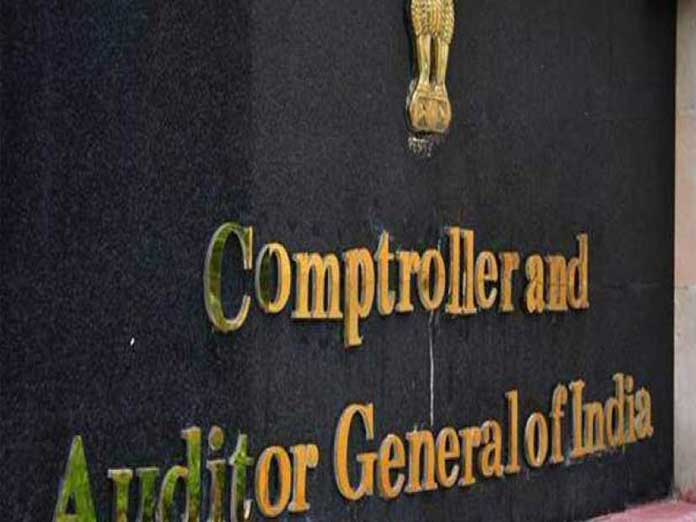CAG pulls up Uttarakhand government for poor implementation of reconstruction projects post 2013 calamity

The CAG has pulled up the Uttarakhand government for unsatisfactory implementation of reconstruction of infrastructure post the 2013 disaster which left a trail of death and devastation in the state especially in the higher reaches of the Himalayas, including the four famous shrines of Kedarnath, Badrinath, Gangotri and Yamunotri
DEHRADUN: The CAG has pulled up the Uttarakhand government for unsatisfactory implementation of reconstruction of infrastructure post the 2013 disaster which left a trail of death and devastation in the state especially in the higher reaches of the Himalayas, including the four famous shrines of Kedarnath, Badrinath, Gangotri and Yamunotri.
The Comptroller and Auditor General report on the reconstruction of infrastructure in the calamity-hit areas tabled in Uttarakhand Assembly on Friday cited a number of loopholes in the implementation of the reconstruction projects, including non-execution of several projects and under-utilisation of the approved outlay by the central government for the purpose.
It said several projects could not be executed due to non-issue of administrative or financial sanction by the state government despite funds being released by the Centre.
The state government did not sanction funds for construction of a ropeway between Gaurikund and Kedarnath, shelter cum godowns, Phase II works in Kedarnath township, development of other dhams, setting up of 10 Industrial Training Institutes to train the youth in alternative means of livelihood despite receipt of a sanctioned fund of Rs 319.75 crore under Special Plan Assistance (R) for reconstruction from the Centre, the report said.
Moreover, none of the programme implementing agencies of the state government could complete their assigned works within the stipulated period, the CAG said in its report which covers the period from 2014-15 to 2016-17, the most part of which the Congress was in power in Uttarakhand.
The report said the state could not fully utilise approved outlay of Rs 6,259.84 crore under the Medium and Long Term Reconstruction package due to non-submission of viable projects.
In respect of SPA-R and externally funded works, the government auditor cites slow progress in execution attributing it to delay in issuing of sanctions or non-releasing of funds by the state government and short utilisation of funds by the implementing agencies.
Against total approved outlay of Rs 6,259.84 crore under MLTR, only Rs 4, 617.27 crore (74 per cent) was made available for implementation of projects against which the implementing agencies could utilise 3,708.27 crore (59 per cent of approved outlay), the CAG report said.
No separate and centralised mechanism was set up by the state government for supervision, monitoring and quality control of the reconstruction works which could have expedited their progress, it said.
Terming the state's disaster preparedness as not satisfactory, the CAG said against the targeted number of five helidromes, 19 heliports, 34 helipads and 37 multipurpose halls (MPHs) only 27 helipads and no MPHs were constructed.
Coinciding with the peak of the annual pilgrimage season in the month of June, the 2013 disaster which struck in the form of a series of cloudbursts and unprecedented rainfall caused flash floods in the Mandakini, Alaknanda, Bhagirathi and other river basins of the state, killing nearly a thousand people and leaving more than five thousand missing besides inflicting massive damage on infrastructure in the entire mountainous terrain of the state, including the four famed Himalayan shrines located in the Garhwal region.
Describing Uttarakhand as a disaster prone state where recurrence of natural disasters in the form of landslides, avalanches, cloudbursts, flash floods and forest fires are always likely , the CAG underlined the need for disaster preparedness of the state machinery and having a well coordinated mechanism in place to deal with future challenges.
The measures recommended by the CAG included strengthening of the State Disaster Management Authority, the Disaster Management and Mitigation Centre and other government entities for undertaking risk assessment and mainstreaming risk reduction approaches into the design and implementation of reconstruction programmes besides toning up financial management for preventing diversion and blockage of funds.


















